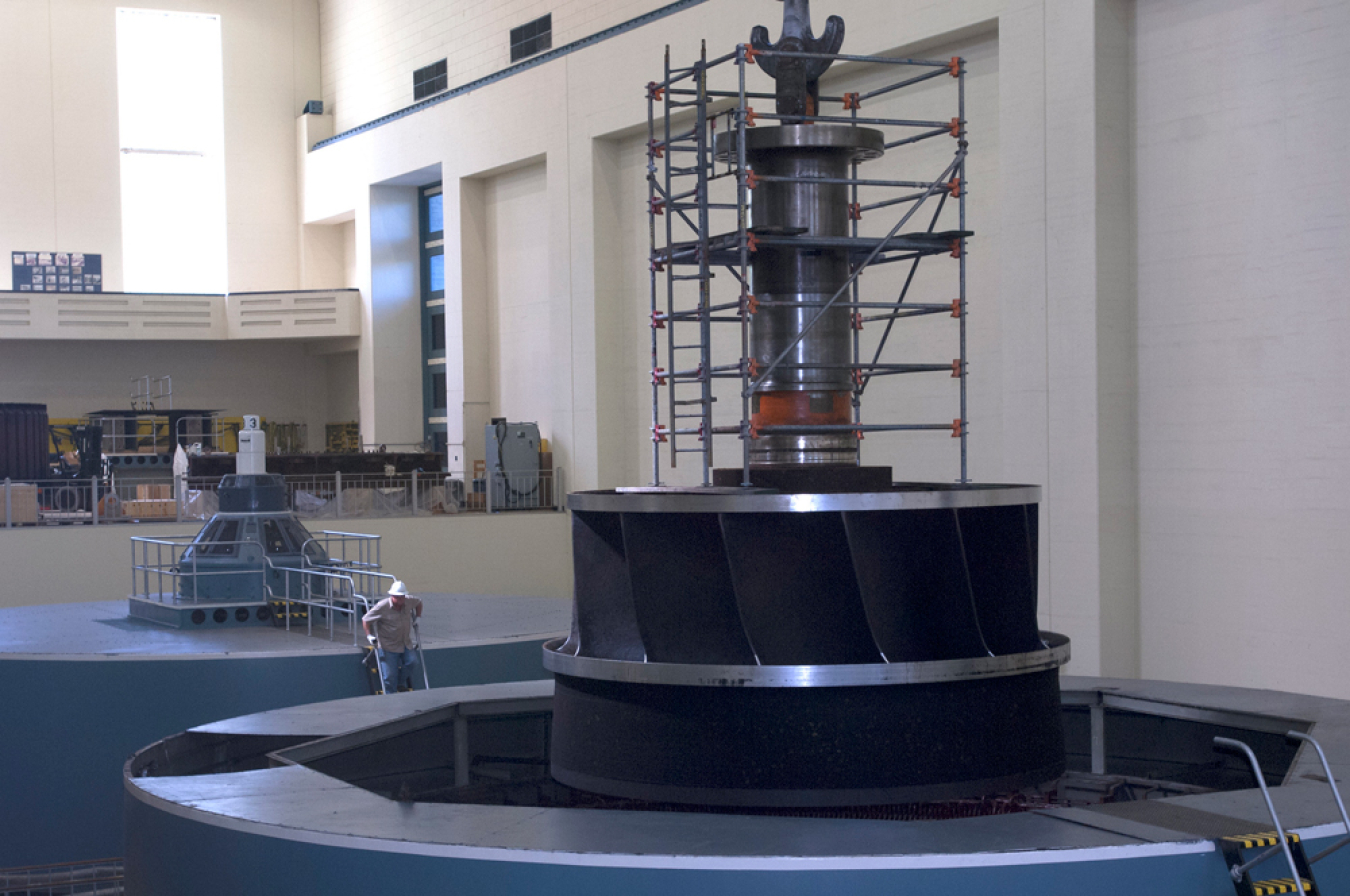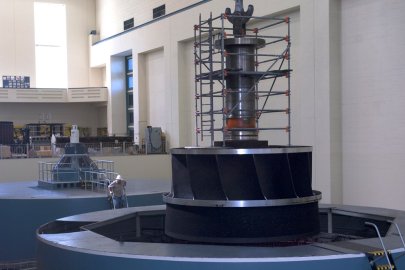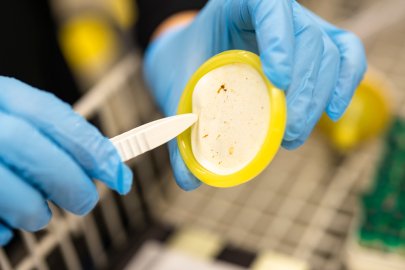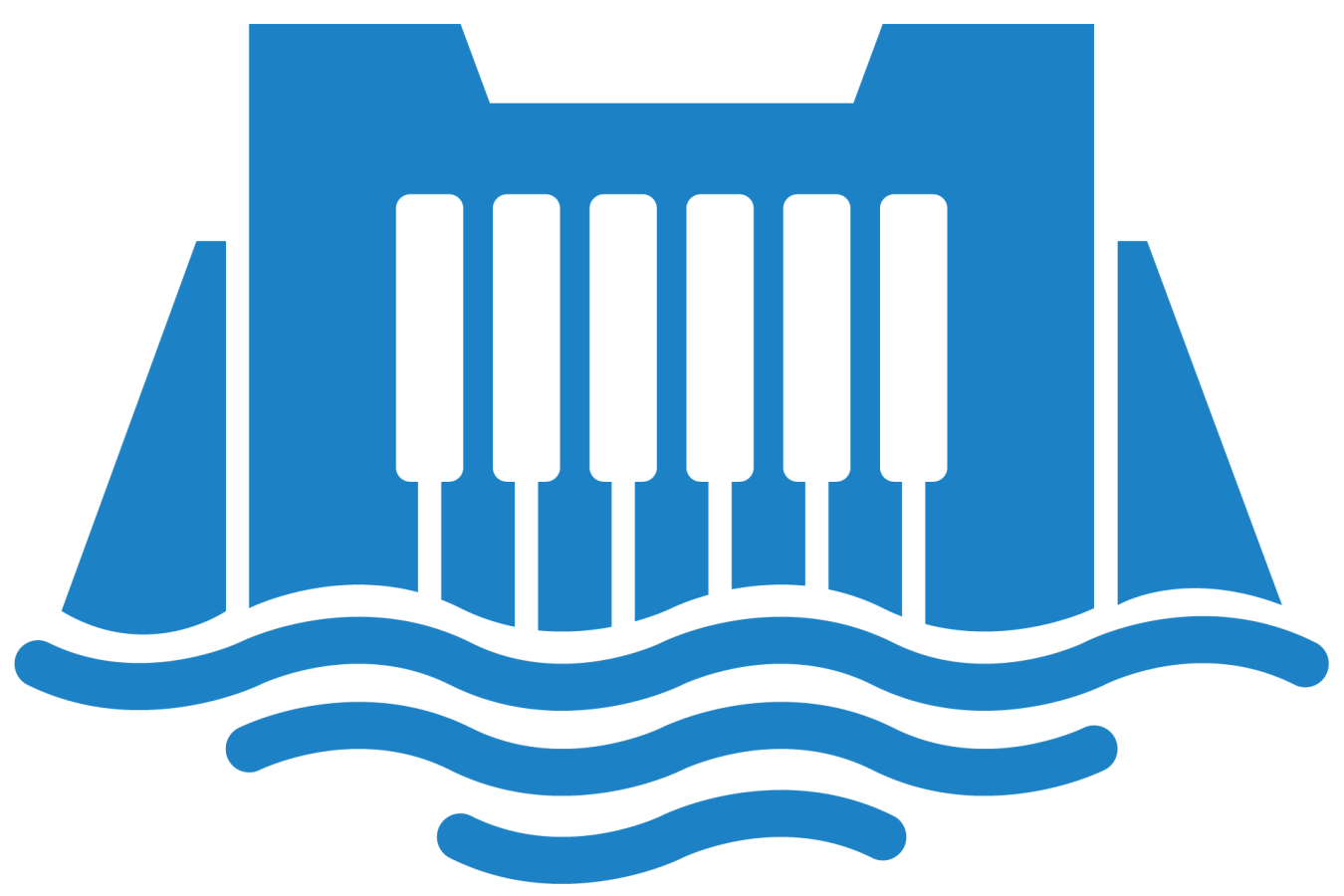A biodegradable and nontoxic hydropower oil has gone through several rounds of testing as its developer aims to ramp up production to achieve commercialization in the next few years.
Water Power Technologies Office
March 14, 2024Hydropower Program
Environmental and Hydrologic Systems Science
Project Name: Biodegradable Lubricant From Esterified Propoxylated Glycerol
Project Team: Tetramer (lead) and General Electric
Lead Recipient Location: Pendleton, South Carolina

In Fiscal Year 2023, Tetramer took its cutting-edge hydropower oil one step closer to adoption by expanding its use for different machinery components and testing various versions at the Porjus Hydropower Centre in Sweden. This bio-based oil is a biodegradable and nontoxic formula that does not break down into harmful substances or collect in the environment over time, thus supporting hydropower’s sustainability and minimizing damage to the environment in the event of an uncontained fluid leak.
All heavy machinery, such as hydropower turbines, require oil to lubricate moving parts, reduce friction, and transfer power in hydraulic systems. Most of the current oil options for hydropower turbines are synthetic- or petroleum-based mineral oils. With funding from the Small Business Innovation Research (SBIR) Program, Tetramer developed a biodegradable oil that aligns with the U.S. Army Corps of Engineers' specifications for hydropower facilities, meets U.S. Environmental Protection Agency requirements on environmentally acceptable lubricants and U.S. Department of Agriculture bio-based product certification, and fulfills performance requirements for hydroelectric facilities.

Heavy machinery needs oil to lubricate moving parts, reduce friction, and transfer power in hydraulic systems. A new biodegradable and nontoxic oil meets these needs and does not break down into harmful substances or collect in the environment over time.
The team conducted extensive testing with General Electric's Hydropower Center for Excellence in Switzerland. The team also sent three drums of the oil to run on a model turbine at the Porjus Hydroelectric Power Station in Sweden with the goal of verifying it would not damage components in the test facility and validating its performance across a broad range of operating conditions. The company also investigated the oil's compatibility with paint, seals, and other fluids.
Having found no major compatibility issues in test cases, the team is now actively working to expand the oil’s viscosity grades (or how easily the fluid flows) so it can be used in different types of turbines with different lubrication requirements and as an all-purpose oil throughout multiple mechanical components and equipment. The team plans to investigate whether these lubricants may improve the operating efficiency of moving components, and Tetramer aims to ramp up production to achieve commercialization in the next few years.
-
 Pacific Northwest National Laboratory supported the 25th annual Salmon Summit, an educational event in eastern Washington designed in part to inspire the next generation of hydropower researchers, diverse STEM professionals, and a science-aware community.
Pacific Northwest National Laboratory supported the 25th annual Salmon Summit, an educational event in eastern Washington designed in part to inspire the next generation of hydropower researchers, diverse STEM professionals, and a science-aware community. -
 National laboratory researchers examined and published a report on how climate change may affect water availability for federal hydropower marketing and generation and its impact on future energy demand.
National laboratory researchers examined and published a report on how climate change may affect water availability for federal hydropower marketing and generation and its impact on future energy demand. -
 Researchers used a variety of sampling techniques to consistently and accurately measure methane and carbon emissions from six hydropower reservoirs
Researchers used a variety of sampling techniques to consistently and accurately measure methane and carbon emissions from six hydropower reservoirs -
 A biodegradable and nontoxic hydropower oil has gone through several rounds of testing as its developer aims to ramp up production to achieve commercialization in the next few years.
A biodegradable and nontoxic hydropower oil has gone through several rounds of testing as its developer aims to ramp up production to achieve commercialization in the next few years. -
 Oak Ridge National Laboratory improved upon fish species detection and counting using environmental DNA and RNA sequencing, potentially saving time, decreasing costs, and reducing environmental impacts on aquatic species and habitats.
Oak Ridge National Laboratory improved upon fish species detection and counting using environmental DNA and RNA sequencing, potentially saving time, decreasing costs, and reducing environmental impacts on aquatic species and habitats. -
 A new, nontoxic antibiofouling coating reduced the adhesion of algae, mussels, and larva on flat surfaces, rope, nets, and other materials used in the hydropower and marine energy sectors.
A new, nontoxic antibiofouling coating reduced the adhesion of algae, mussels, and larva on flat surfaces, rope, nets, and other materials used in the hydropower and marine energy sectors.
WPTO's hydropower e-newsletter features news on R&D and applied science to advance sustainable hydropower and pumped-storage technologies.
The WPTO e-newsletter brings funding opportunities, events, publications, & hydropower and marine energy updates directly to your inbox.


